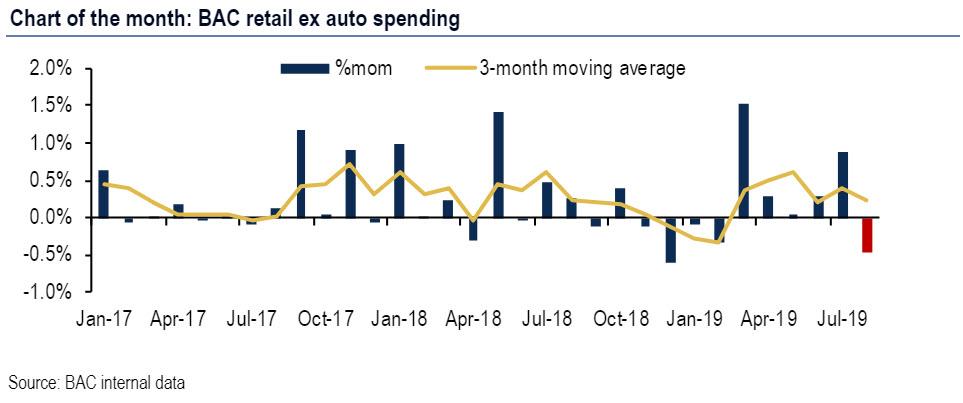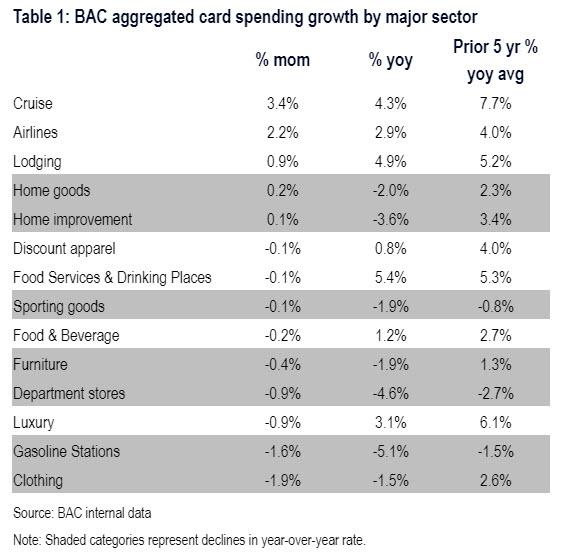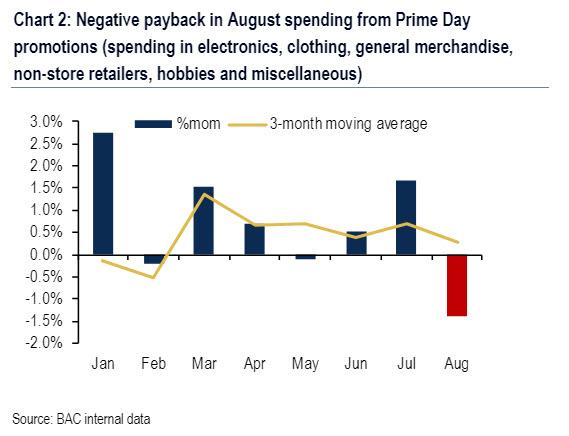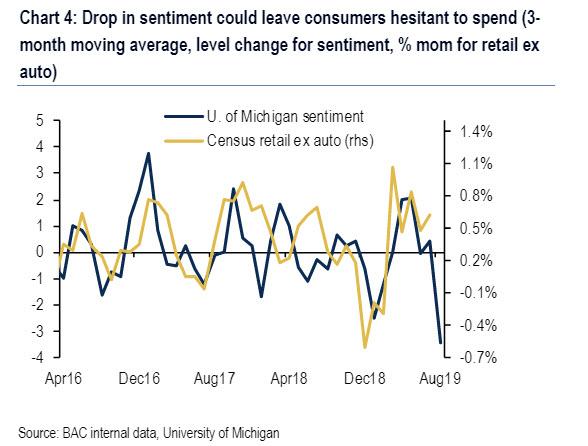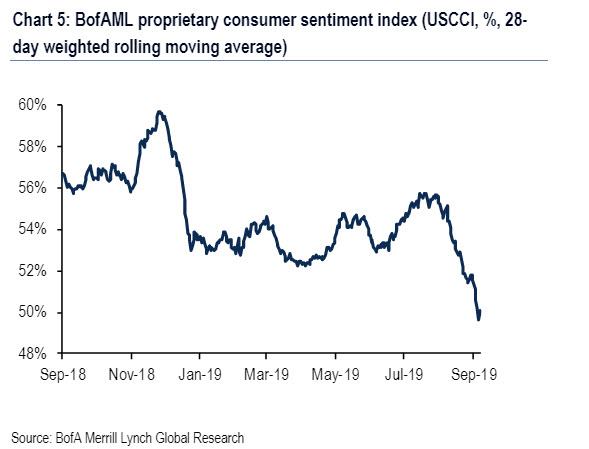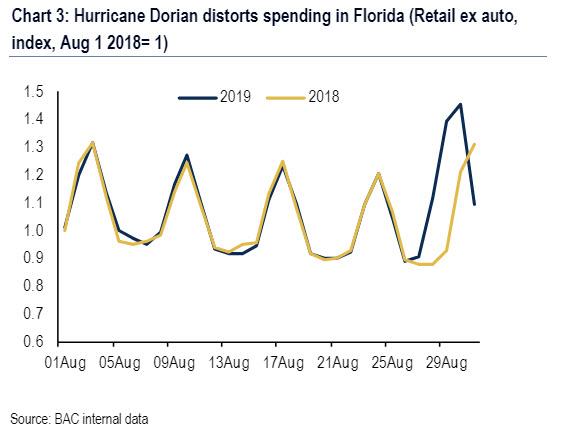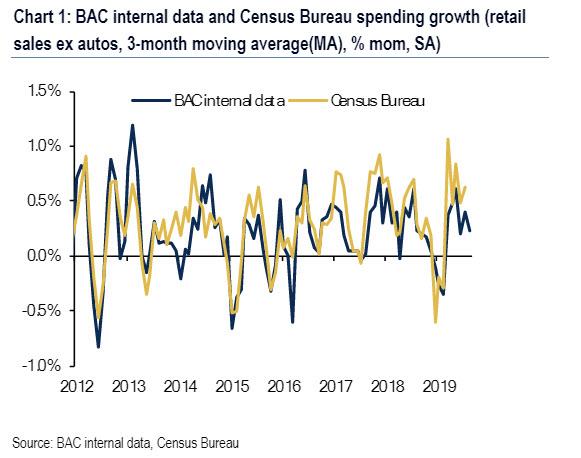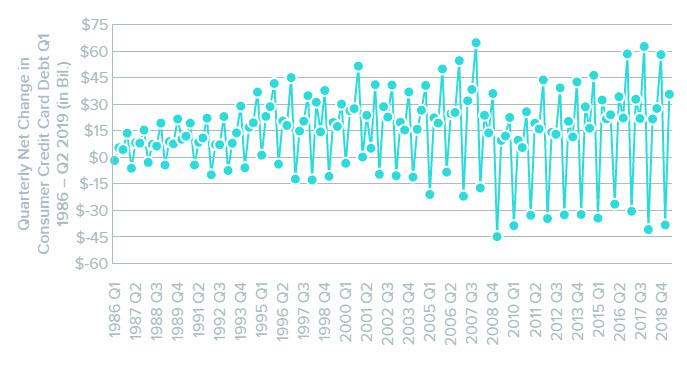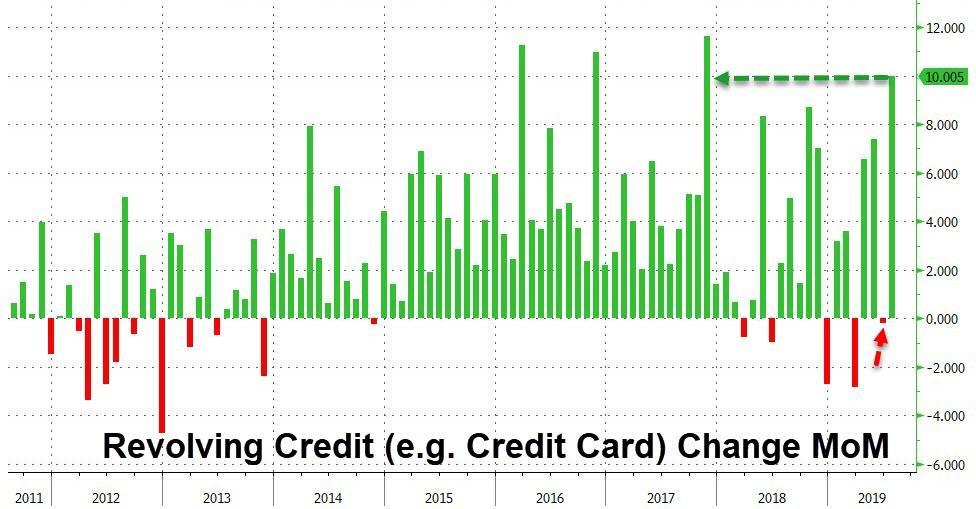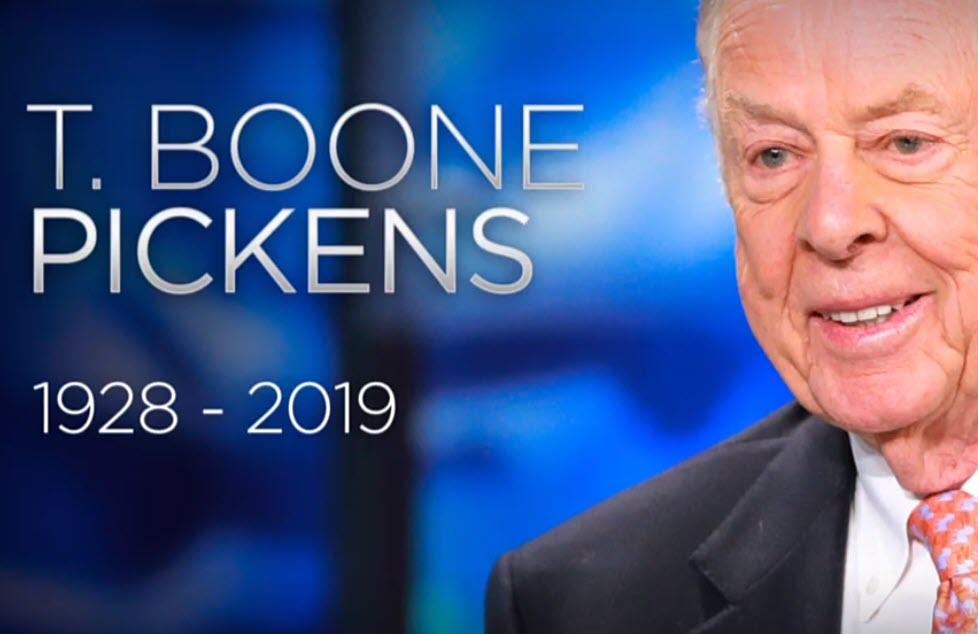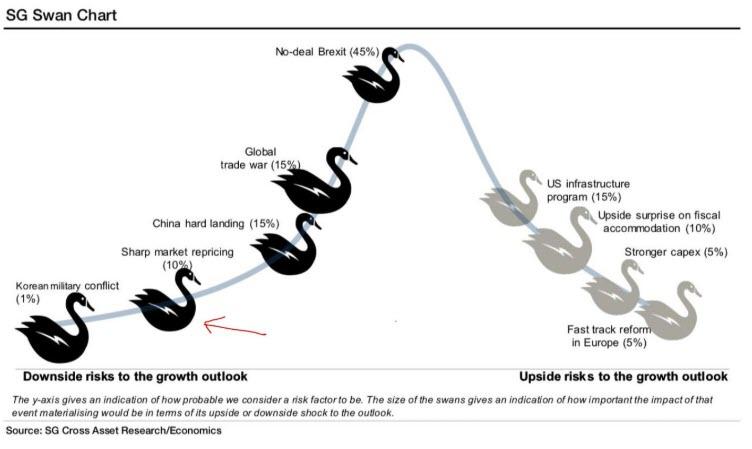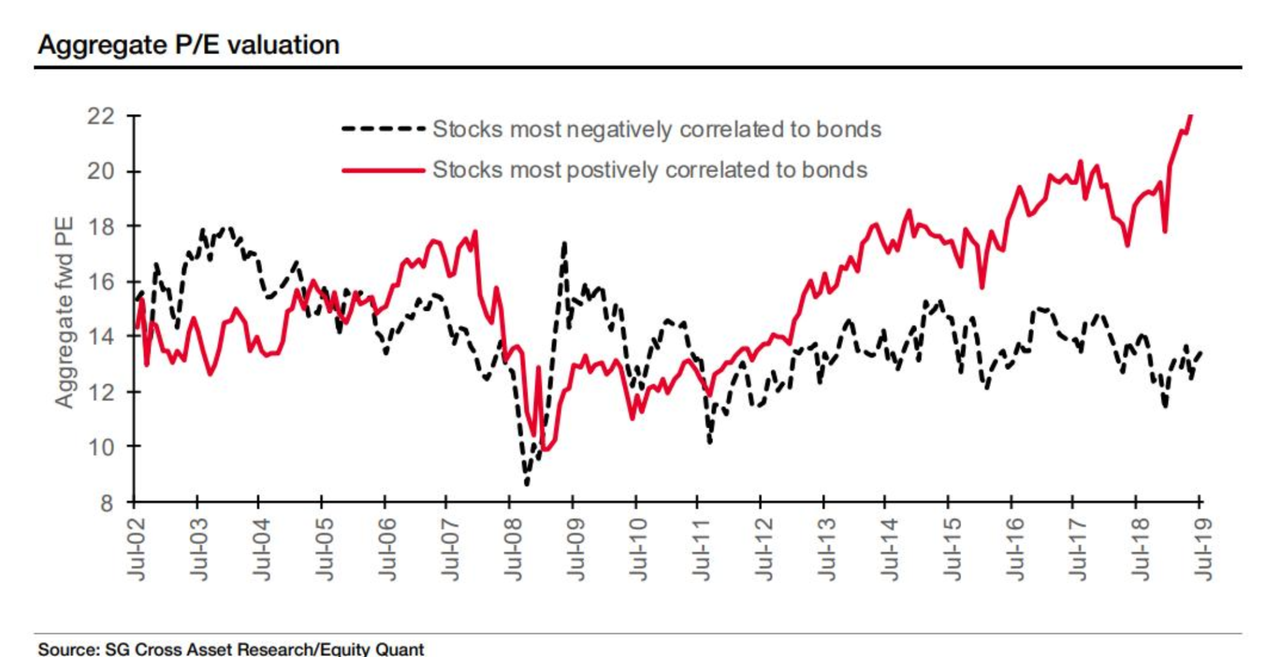Former New York City Mayor Michael Bloomberg, the billionaire busybody who can be counted on to oppose individual freedom in almost every area of life, is launching a prohibition crusade against flavored e-cigarettes. In a New York Times op-ed piece co-authored by Matthew Myers, president of the Campaign for Tobacco-Free Kids, Bloomberg argues that “banning flavored e-cigarettes is the most important thing we can do to reduce use among young people.”
If by “important” Bloomberg and Myers mean “emotionally satisfying to puritanical paternalists,” they are absolutely right. But if they mean that banning flavored e-cigarettes is a reasonable response to underage vaping, that it respects the choices of adult consumers, or even that it is good for public health, they could not be more wrong.
The premise of Bloomberg’s $160 million campaign, which aims to persuade “at least 20 cities and states” to “pass laws banning all flavored tobacco and e-cigarettes,” is that flavored e-liquids are obviously designed to entice “children,” because only children like them. That is demonstrably false.
Juul is the leading e-cigarette brand, accounting for three-quarters of the market at the end of 2018. Last year, Vaping360, a site aimed at former smokers who have switched to vaping and current smokers who are thinking about it, surveyed readers about their favorite Juul pod flavors. It got more than 38,000 responses, and the top pick by far was Mango (46 percent), followed by Cool Mint (29 percent), Crème Brulée (11 percent), and Fruit Medley (8 percent). Virginia Tobacco, which is technically also a flavor but perhaps would be tolerated by the bans that Bloomberg is pushing, was favored by only 6 percent of respondents.
Another 2018 survey, expressly limited to respondents 18 and older and including not just Juul but all vaping products, yielded similar results. When asked what flavors they were using regularly, just 8 percent of the respondents said “tobacco,” while 83 percent said “fruit,” 71 percent mentioned flavors in the “dessert/pastry/bakery” category, 13 percent said “menthol,” and 10 percent picked “mint/wintergreen.” In this sample of 69,000 adult vapers, 81 percent described themselves as former smokers, 13 percent were still smoking, and 5 percent had never smoked. Among the former smokers, 75 percent had started vaping when they quit.
Surveys of former smokers find that flavor variety plays an important role in the process of switching to vaping. The Food and Drug Administration has acknowledged “the role that flavors…may play in helping some smokers switch to potentially less harmful forms of nicotine delivery.”
In the name of saving “America’s children,” Bloomberg wants to ban the e-cigarette flavors overwhelmingly preferred by adults who have switched from smoking to vaping, a far less dangerous source of nicotine. The predictable result is that many of those vapers will start smoking again, dramatically increasing the health risks they face.
Trying to divert attention from the adults who will be harmed by the bans they support, Bloomberg and Myers claim “tobacco companies” are “making huge investments in nicotine-loaded e-cigarettes and selling them in a rainbow of sweet and fruity flavors,” including “cotton candy” and “gummy bear.” That is “simply not true,” notes Boston University public health professor Michael Siegel, an advocate of e-cigarettes as a harm-reducing alternative to the conventional kind. “There are four major brands of electronic cigarettes that are sold, at least in part, by tobacco companies: Juul, blu, Logic, and Vuse,” Siegel writes. “While each of these brands has flavored e-liquids or pods, none of them sells gummy bear or cotton candy flavors.”
Bloomberg and Myers also refer to “cotton-candy-flavored pods for Juul devices.” Contrary to the impression they are trying to create, Juul does not sell cotton-candy-flavored pods. Other manufacturers do offer cotton-candy-flavored pods that are compatible with Juul, but those suppliers are not tobacco companies. Nor are the companies that sell gummy-bear-flavored e-liquid for refillable vaporizers.
Adults certainly should be allowed to buy such e-liquids if they like them. But by emphasizing those juvenile-sounding flavors and falsely linking them to “tobacco companies,” Bloomberg and Myers are reinforcing their mendacious message that e-cigarettes are nothing but a blatant attempt by Big Tobacco to get your kids hooked on nicotine, while completely ignoring the role these products seem to have played in accelerating the downward trend in smoking.
Equally misleading is Bloomberg’s attempt to blame the recent outbreak of respiratory illnesses in vapers, the vast majority of which are linked to black-market THC products, on legal e-cigarettes that deliver nicotine. “Federal health officials announced on Friday that vaping could be the cause of at least 450 possible cases of severe lung disease—with five confirmed deaths—in 33 states,” Bloomberg and Myers write. “Many of the affected people are teenagers.” What does that have to do with their efforts to stop former smokers and smokers who are interested in quitting from buying legal e-cigarettes in the flavors they demonstrably prefer? As far as we can tell, absolutely nothing.
“By the CDC’s own admission,” Siegel notes, “80 percent of the cases have been tied to vaping illicit marijuana/THC cartridges, not legal e-cigarettes. It is disingenuous and, frankly, dishonest to suggest to the public that this terrible outbreak is being caused by e-cigarettes, when there is no solid evidence to back up that claim.”
Unfortunately, New York Times reporter Vivian Wang, instead of clarifying this point, reinforces the confusion that Bloomberg is trying to foster. The launch of Bloomberg’s campaign to ban flavored e-cigarettes, she says, “was among a series of developments meant to heighten pressure and scrutiny on the vaping industry, amid a sudden and largely unexplained public health scare that has linked vaping to six deaths and hundreds of illnesses.” Throughout the article, Wang conflates legal e-cigarettes, which have been in wide use for years, with the black-market vapes whose potential hazards have been highlighted by the recent reports of lung disease among people who use them.
Even Michigan’s Democratic Governor Gretchen Whitmer, who last week announced that she plans to unilaterally impose a statewide ban on the sale of flavored e-cigarettes, did not claim she was responding to the reports of respiratory illnesses. Instead, she presented her ban as a response to the “vaping crisis among youth.” Like Bloomberg, she gave no weight to the interests of adults who are vaping instead of smoking, a habit that is indisputably much more dangerous.
Wang notes that Bloomberg has “committed nearly $1 billion to aid anti-tobacco efforts.” Now he is committing $160 million to pro-tobacco efforts, lobbying for laws that will drastically reduce the alternatives to conventional cigarettes, resulting in more smoking-related disease and death.

from Latest – Reason.com https://ift.tt/34w9wRU
via IFTTT
